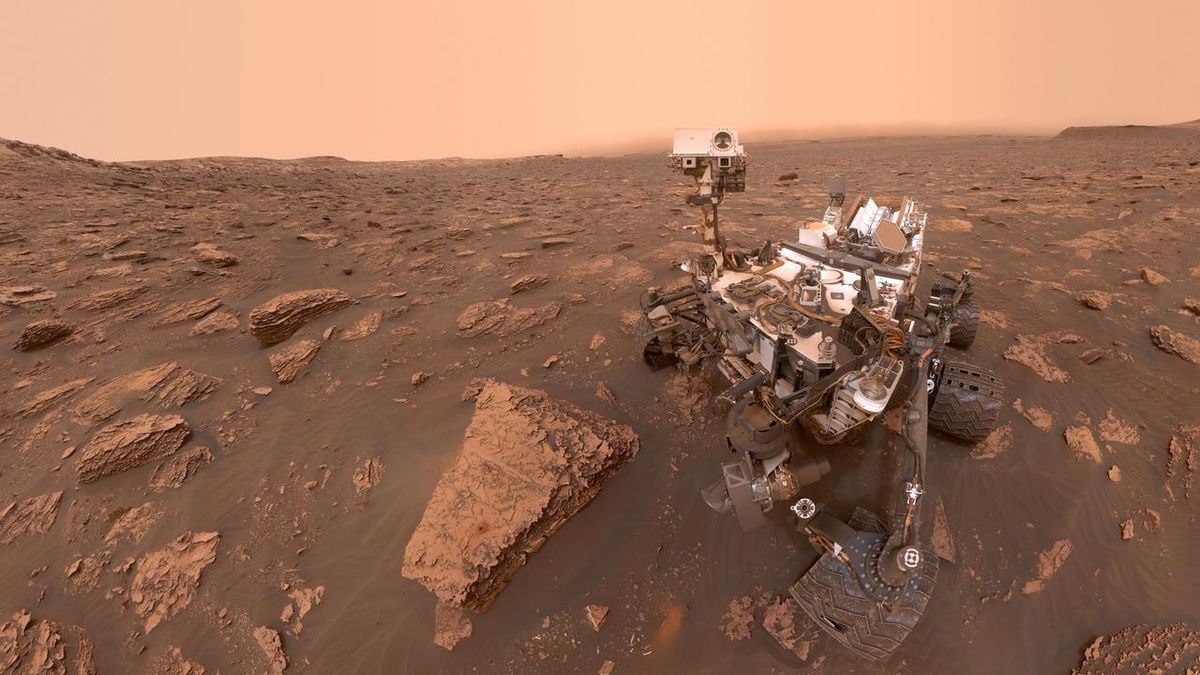Now Reading: Curiosity Rover Discovers Largest Carbon Chains in 3.7-Billion-Year-Old Martian Rock
-
01
Curiosity Rover Discovers Largest Carbon Chains in 3.7-Billion-Year-Old Martian Rock
Curiosity Rover Discovers Largest Carbon Chains in 3.7-Billion-Year-Old Martian Rock

Quick summary
- NASA’s Curiosity Rover has discovered the longest organic molecules ever found on Mars in 3.7-billion-year-old rock samples from Yellowknife Bay, a dried-up Martian lakebed.
- The molecules, hydrocarbon chains containing up to 12 linked carbon atoms (decane, undecane, and dodecane), were identified using Curiosity’s Sample Analysis at Mars (SAM) instrument.
- Scientists believe these molecules may have originated from fatty acids similar to those associated with biological activity but note they could also form through non-biological processes.
- Liquid water existed in Gale Crater for millions of years, providing conditions for potential life-forming chemical reactions during ancient times.
- The discovery was made accidentally during a test involving pre-heating samples to release specific compounds before analysis; the presence of longer carbon chains was previously undetected in samples analyzed several times earlier.
- Researchers hope future missions can bring Martian soil samples back to Earth for detailed testing to resolve questions around possible life on Mars definitively.
Indian Opinion Analysis
The detection of long-chain organic molecules on Mars by NASA’s Curiosity rover represents a meaningful advancement in understanding the planet’s chemical history and its capacity for supporting life-forming processes billions of years ago. For India, with its ambitious space exploration program under ISRO and plans to deepen interplanetary missions such as gaganyaan and Chandrayaan initiatives, this discovery emphasizes the growing relevance of international collaboration in deep-space research.
The methodology employed – refining sample-analysis techniques while utilizing current instruments – showcases how innovation can yield new insights even from long-studied data sources, underscoring approaches that could inspire India’s nascent planetary exploration strategies like future applied science research aboard Mangalyaan or upcoming projects beyond Earth’s orbit.
ISRO’s involvement must stay watchful regarding evolving technologies like high-resolution spectrometry or automated instrumentation systems demonstrated here offering proof scientific frameworks persist where layered quest-fields unlocking mutual core-evidence serve global search-partnership endeavors concerning celestial bodies advancing inclusive global space pioneering goals accordingly timelessly bridging curiosity-linked ideologies spear-headed “as centric Pure Study Mobilization.” Read more: LiveScience

























